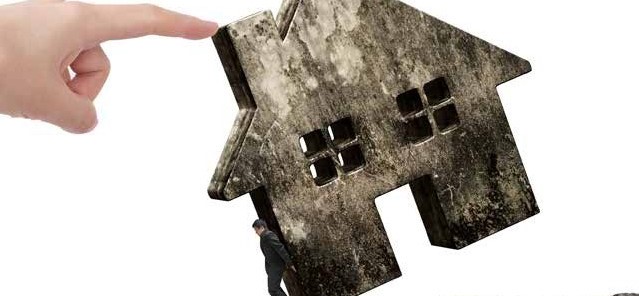Sea of Contradiction
Reluctant and cautious vendors have created an acute shortage of stock on market resulting in a modest rebound in prices through February and March. Whilst rising interest rates have caused many buyers to stay on the sidelines, the sentiment of the day has seen many property sellers do the same. Sales volumes are well down on the same period last year. As an aside, the subsequent drop in stamp duty revenue will hurt the State Budget for the incoming Labor Government.
Throughout 2022, whenever the RBA increased interest rates, the property market fell by a proportional amount. Even though the RBA has increased rates twice in 2023, some property markets have held and even increased in price. In light of the February and March rate increases, this is the first time in the current ‘rate hike cycle’, that the housing market has demonstrated resilience to higher mortgage rates. It remains to be seen how the market performs in the face of additional rate increases though.
Buyers and sellers now need to make important financial decisions in a sea of contradictions. The market ‘should be’ falling, yet it is demonstrating signs of resilience, possibly even rising in certain niche categories.
The Mortgage Cliff is due to impact household budgets in earnest in the second half of 2023. How the economy and the property market perform given so many households Fixed Mortgage Rate will soon jump from around 2% to around, if not over, 5.5% remains to be seen.
The impending mortgage cliff being faced by so many mortgage holders across the country is why many analysts believe the current bounce in property prices will be short-lived.
The Rental Crisis for tenants has been a life raft for many mortgage holders who have taken advantage of the higher rental returns on investment properties.
Not only have property investors faced higher mortgage repayments in the past 15 months but they have also been hit with record Land Tax Notices to begin 2023. In many instances, a landlord’s Land Tax obligation is 20 to 25% of the annual income generated by the property.
Without the sharp rise in rents that Sydney has experienced in the past 12 months, the current property downturn would have been much more severe. This is a point that has been largely overlooked in the Rental Crisis discussion.
The RBA has hinted that they are watching global events related to the fragile banking sector and the impact of higher interest rates domestically. The fact the RBA has broadened their focus beyond fighting inflation and is monitoring events in the banking sector is comforting.
Like consumers, Central Banks also face a sea of contradiction when it comes to setting monetary policy. Whilst the data suggests the fight against stubborn inflation must go on, events in the global banking sector will and have created enormous unease. If Central Banks pivot too early, they could create a rush into assets as people hedge against inflation by purchasing hard assets. If rates continue to rise, more banks could fail to set off a chain of events.
Whether one is buying or selling property at present, they need to do so with full visibility. The outlook for the backend of 2023 is incredibly cloudy. This helps explain why so many people are on the sidelines hoping interest rates and the property market have turned a corner.
By Peter O’Malley, author of Inside Real Estate



